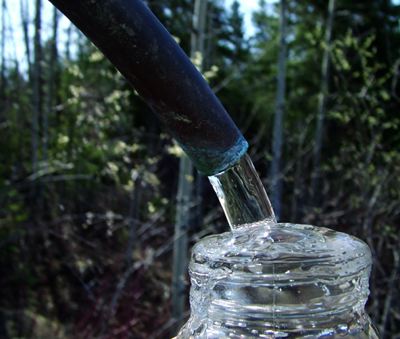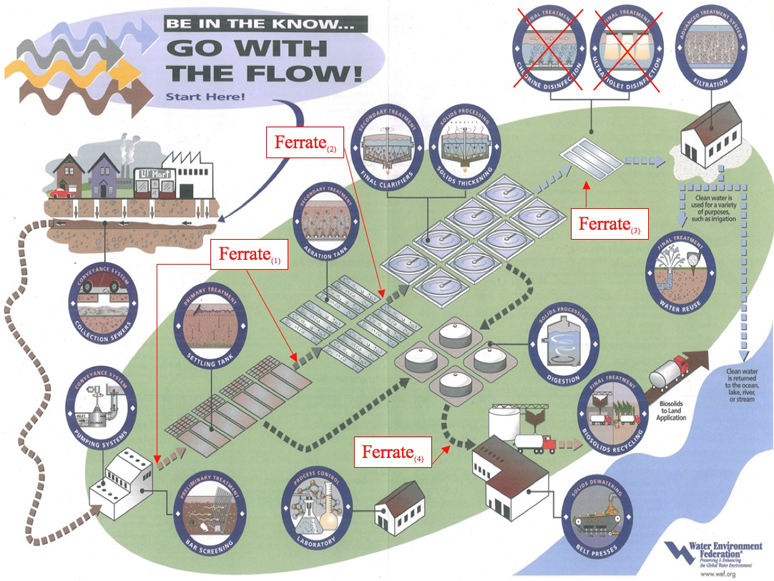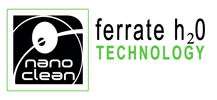
In municipal wastewater, Ferrate's powerful and unique chemistry can be used in the following applications:
- Disinfection (Without Disinfection Byproducts)
- Destruction of Emerging Contaminants (ex. EDCs, PPCPs)
- Removal of Heavy Metals (ex. Arsenic, Chromium)
- Phosphorus Reduction
- Deodorization
- Biosolid Stabilization
- Pre-Oxidation of Organics
- Coagulation
The Clean Water Act requires that communities treat their wastewater to return this resource safely to the environment. Wastewater treatment requirements are dependent upon the discharge location or use of the treated water. This can range from discharge to a surface water, to land application such as residential lawn irrigation, to recharge of aquifers near wellfields.
When wastewater is treated, the process produces a semisolid, nutrient-rich byproduct known as biosolids. When treated and processed properly, biosolids can be recycled and applied to crop land to improve soil quality and productivity because of the nutrients and organic matter that they contain. Historically called sludge, biosolids is the term now used to emphasize the beneficial nature of this recyclable material.
There are over 16,000 municipal wastewater plants located in the US alone processing over 45 billion gallons daily totalling over 16 trillion gallons of wastewater and biosolids annually (Standard & Poor's: Industry Surveys-Environmental & Waste Management Report: Dates - October 9, 2003 and April 1, 2004).
The greatest market growth potential exists in Asia, particularly in developing countries like China and India where facilities and capacity are either unsophisticated or not yet developed. Increasing concern about water supplies in this region are driven by the size and growth of population, political pressure generated by public health issues and a rising level of economic development. Current wastewater volume estimate is 65 trillion gallons processed annually outside of North America of which approximately half is the Asia region alone (World Health Organization Global Water Supply and Sanitation Assessment 2000 Report).
Example of Multiple Ferrate Treatments in a Wastewater Treatment Plant
Due to Ferrate's ability to treat a variety of contaminants, it can be used in many different areas of a wastewater treatment plant to augment or replace current systems (See picture).

1. Odor Control and Pre-Oxidation of Organics
2. Oxidation, Coagulation, Co-Precipitation
3. Disinfection
4. Odor Control and Stabilization


